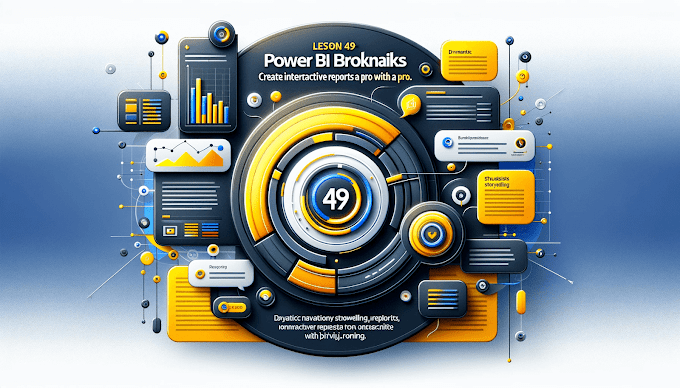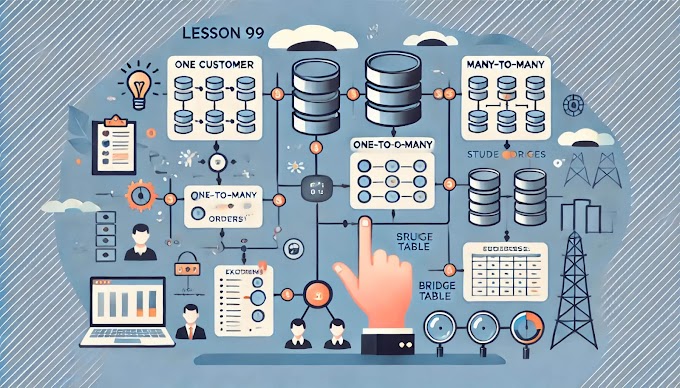Welcome Back to virvijay.com
Understanding relationships in Power BI is one of the most essential parts of building accurate and reliable reports. Whether you're creating a sales dashboard or an HR performance report, your data model depends on how well you set up relationships.
In this blog, we’ll break down:
- What are one-to-many and many-to-many relationships?
- When to use each?
- Common mistakes and best practices.
🔍 What is a Relationship in Power BI?
A relationship in Power BI connects two tables so that one can filter the other. It's like building a bridge between different datasets so they can "talk" to each other.
For example, a Customer table linked to a Sales table allows you to see how much each customer has purchased.
1️⃣ One-to-Many (1:* Relationship)
📘 Definition:
In this setup, one record in Table A relates to many records in Table B.
✅ Example:
- One customer → Many sales
- One product → Many orders
📊 Use Case:
You’ll use a one-to-many relationship when one side contains unique values, like IDs, and the other contains repeating values (like multiple sales per customer).
📏 Visual in Power BI:
You’ll see a "1" on the one side and a "*" on the many side.
2️⃣ Many-to-Many (: Relationship)
📘 Definition:
When both tables have duplicate values and no single unique column can define a clear one-to-many link.
🔄 Example:
- Products table and Promotions table
- Students table and Courses table (many students enroll in many courses)
⚠️ Caution:
Many-to-many relationships are powerful, but if not handled correctly, they can cause incorrect totals or circular references.
✅ How to Handle:
- Use a bridge table (a third table) with unique combinations of keys
- Use proper cross-filter directions and DAX logic to control totals
🔧 How to Create Relationships in Power BI
- Go to Model view
- Drag and drop a column from one table to another
- Choose the relationship type
- Set Cross Filter Direction (Single or Both)
⚠️ Common Mistakes to Avoid
- Creating many-to-many relationships without understanding filtering effects
- Not using bridge tables where necessary
- Setting cross filter direction to Both without reason (can lead to circular dependencies)
- Relying on auto-detect relationships — always review them!
🧠 Pro Tips
- Always keep lookup tables on the “1” side (like Products, Regions, Customers)
- Fact tables (like Sales, Transactions) usually go on the “*” side
- Use relationship arrows and filters carefully when working with multiple tables
📝 Final Thoughts
- Understanding relationships is the foundation of strong Power BI data modeling. One-to-many is the most common and safest. Many-to-many is useful — but use it with caution.
- Set your models right, and your dashboards will never lie!
Need help with your model?
Reach us at 📧 support@virvijay.com
--------------------------------------------------------------------------------------------------------------------------
#Master one-to-many and many-to-many relationships in Power BI. Learn when to use them, their differences, and best practices for building strong data models,Power BI relationships explained, one-to-many vs many-to-many Power BI, Power BI data modeling best practices, bridge tables, cross-filtering, relational modeling Power BI

















